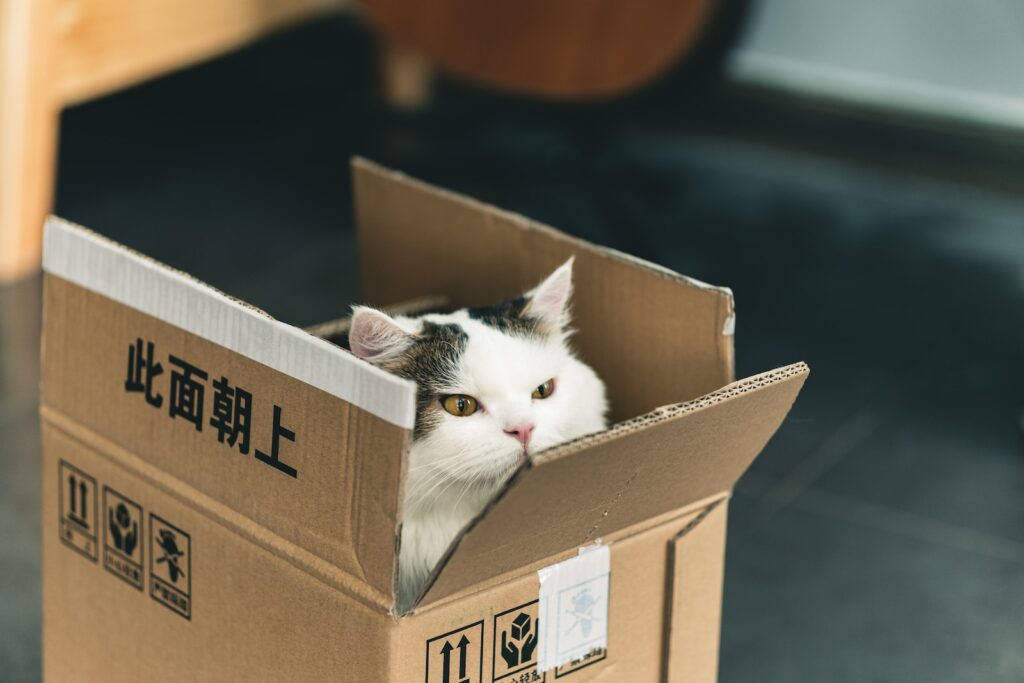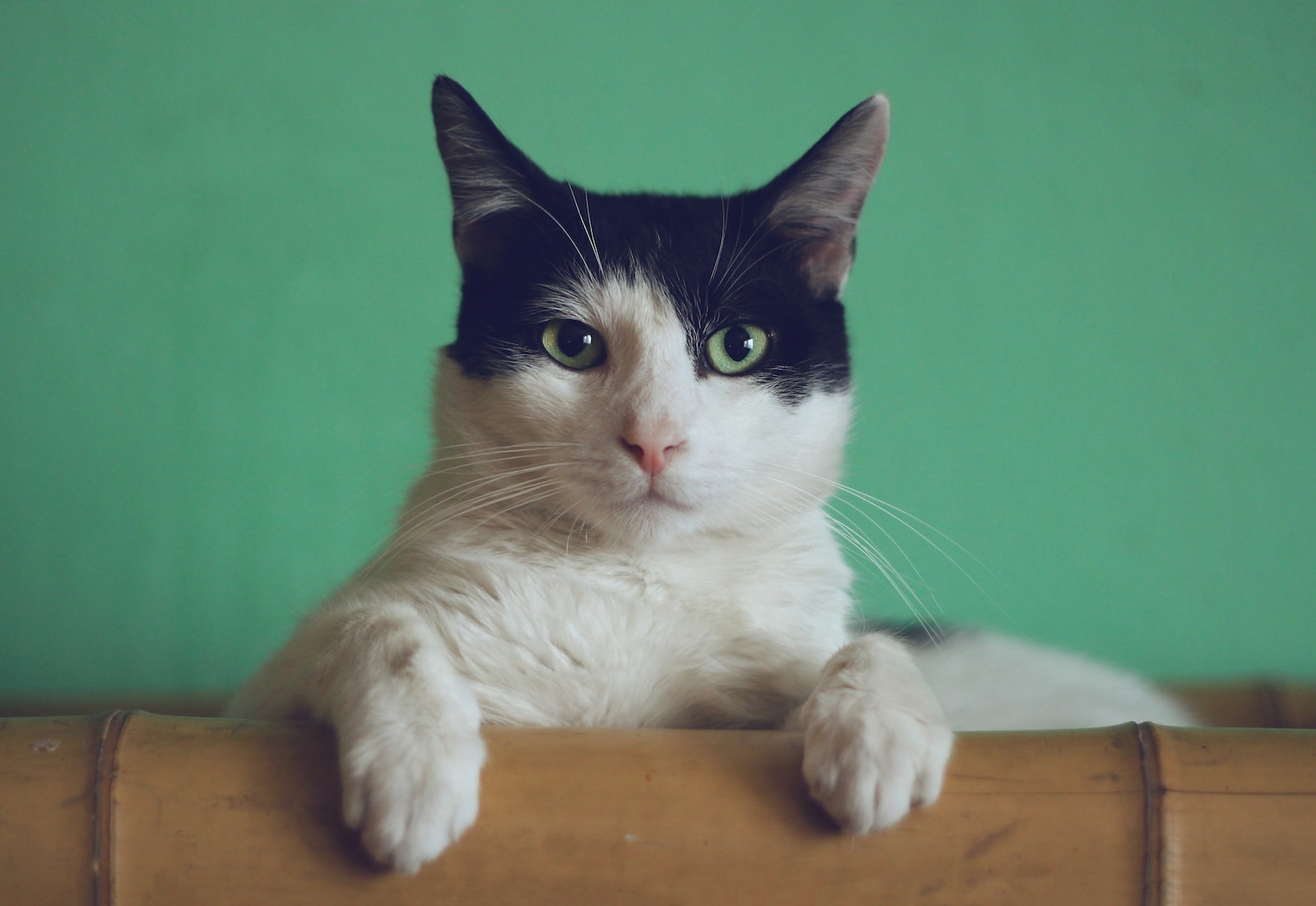How to teach your cat to use the litter box: Step-by-step guide
Are you tired of stepping in your cat’s surprises on the carpet or hardwood floor? Do you wish your furry friend would consistently use their litter box?
Look no further! In this step-by-step guide, we’ll show you how to teach your cat to use the litter box so that they can live comfortably and happily with you in the same space. From choosing a suitable litter box to rewarding good behavior, we’ve got everything covered. Get ready for a cleaner home and more peaceful coexistence with your feline companion!
What is a Litter Box
A litter box is a container used by pet owners to provide a designated area for their cats to urinate and defecate indoors. It typically consists of a rectangular or square box with a low entrance, and is filled with a special type of granular material, commonly referred to as “cat litter.”
Cats are naturally fastidious creatures and prefer to bury their waste, so providing a litter box helps to satisfy this instinctive behavior and prevents them from soiling other areas of the home. The litter box is typically placed in a private and accessible location, and should be cleaned regularly to maintain hygiene and prevent odors.
Litter boxes come in a variety of sizes and shapes, and there are different types of litter available to suit different preferences and needs. Some litter boxes are covered, providing more privacy and reducing the spread of litter outside the box. Automatic litter boxes are also available, which use sensors or timers to scoop waste into a separate compartment, making it easier for pet owners to maintain a clean litter box.
Here are some more details about litter boxes:
Litter boxes can be made from a variety of materials, including plastic, metal, and wood.
Some litter boxes have high sides or a hood to prevent litter from being kicked outside of the box, which can help keep the area around the litter box clean.
The type of litter used can affect the smell, absorbency, and texture of the litter box. Common types of cat litter include clay, silica gel, recycled paper, and natural materials like wood chips or pine pellets.
It’s important to regularly scoop out solid waste and clumps of urine-soaked litter, as well as completely replace the litter on a regular basis.
Cats can be picky about the cleanliness and location of their litter box, so it’s important to provide a clean and accessible space that meets their preferences.

Introducing the litter box
Step One: Set Up the Area How to set up the area:
- Clean off all surfaces in the litter box area that your cat could potentially use to scratch or mark with a sponge or cloth.
- Place a small amount of litter in the bottom of the litter box. Leave enough space for your cat to turn around and pad comfortably.
- If you want your cat to use the litter box at different times during the day, place some toys near the litter box so your cat has something to play with while using it.
Extra Tips:
- Make sure the litter box is in a location where your cat can easily get to it from all sides.
- Put a cover on the litter box for when it is not in use.
- Clean the litter box every day.
- Keep a fresh supply of litter in the litter box at all times.
- If you have more than one cat, make sure each cat has a separate litter box.
- If your cat is older or struggling with bladder control, try placing a litter box next to his or her bed.
To make using the litter box more fun for your cat, provide toys and a comfortable area to use it.
Placing the litter box in an area your cat frequents
When it comes to teaching your cat to use the litter box, there are a few things you can do to help make the process easier. The first thing you need to do is find out where your cat usually uses the restroom. If you can, try placing the litter box in an area that your cat frequents.
Once you know where your cat goes, start by scolding them when they have accidents outside of the litter box. Eventually, your cat will associate using the litter box with being scolded, and won’t have any choice but to comply.
Showing your cat how to use the litter box
Teaching your cat to use the litter box can be a little tricky, but with a little time and patience it will get easier. This guide will walk you through the process of teaching your cat to use the litter box, from start to finish.
- Establishing a routine is key in teaching your cat to use the litter box. Start by setting a schedule for when they should and shouldn’t be using the litter box. Try and keep things as consistent as possible so they know what to expect.
- Start by placing some clumps of shredded paper in their litter box. This will help them associate the litter box with their waste and hopefully make using it more natural for them.
- Once your cat is starting to use the litterbox on their own, gradually decreased how much paper is in the litterbox until they are only putting down loose cat feces (this can take some time).
- Always clean up after your cat, even if they are using the litter box correctly! This will help ensure that they understand that there is still an obligation to use the box properly.
Hopefully these tips will help your cat get used to using the litter box and help avoid any unwanted accidents.
If you have any questions about teaching your cat to use the litter box, or if they are having trouble using the box, don’t hesitate to call us at (877) 597-3647. We would love to help!
Cleaning the litter box
One of the most common complaints from cat owners relates to their cat’s unwillingness or refusal to use the litter box. While there are many factors that can contribute to a cat’s reluctance to use a litter box, one of the most common reasons is lack of exposure to the proper environment for toileting.
First and foremost, it is important that your cat has regular opportunities to use the litter box. When you first bring him home, make sure you remove his feces and urine immediately after he uses the box. This will help him learn that this is his territory and provides him with an acceptable place to relieve himself.
You can also try incorporating litterbox training into your cats’ schedule by providing some type of reward when he uses it.
This can be anything from canned food treats to kitty playtime in a different room. Just be sure not to overindulge him; giving him too many rewards will only lead him to become dependent on your presence in order to achieve toileting success.
Finally, be sure to keep the litter box clean. Scoop out the litter every day and wash the container with warm water and a mild detergent. Allow it to dry before refilling.
Encouraging good litter box habits
There are a few things you can do to help your cat learn to use the litter box:
- Provide plenty of litter and bury any unused litter box clumps.
- Reward your cat for using the litter box with treats or toy play.
- Ignore your cat when it does not use the litter box. This will help them associate bathroom use with positive reinforcement.
- Place a litter box in an area of the house that is comfortable for your cat, such as near a source of food or water.
- If your cat is not using the litter box consistently, consult your veterinarian to rule out any medical issues.
- Keep your litter box clean and tidy to help your cat associate it with positive reinforcement.
- Remove all revealed food and water dishes two hours before your cat’s next use of the litter box to discourage them from using the litter box for food or water.
- adopt a cat from a shelter or rescue agency or rescue one from a litter box.
If these tips do not seem to be working, you may want to consult your veterinarian.
Conclusion
It can be challenging to get your cat to use the litter box, but following our tips in this guide will help make it easier. By providing distractions and lots of love, we are confident that over time your cat will develop a strong enough habit to use the litter box without you having to resort to disciplinary measures. Thank you for reading!







